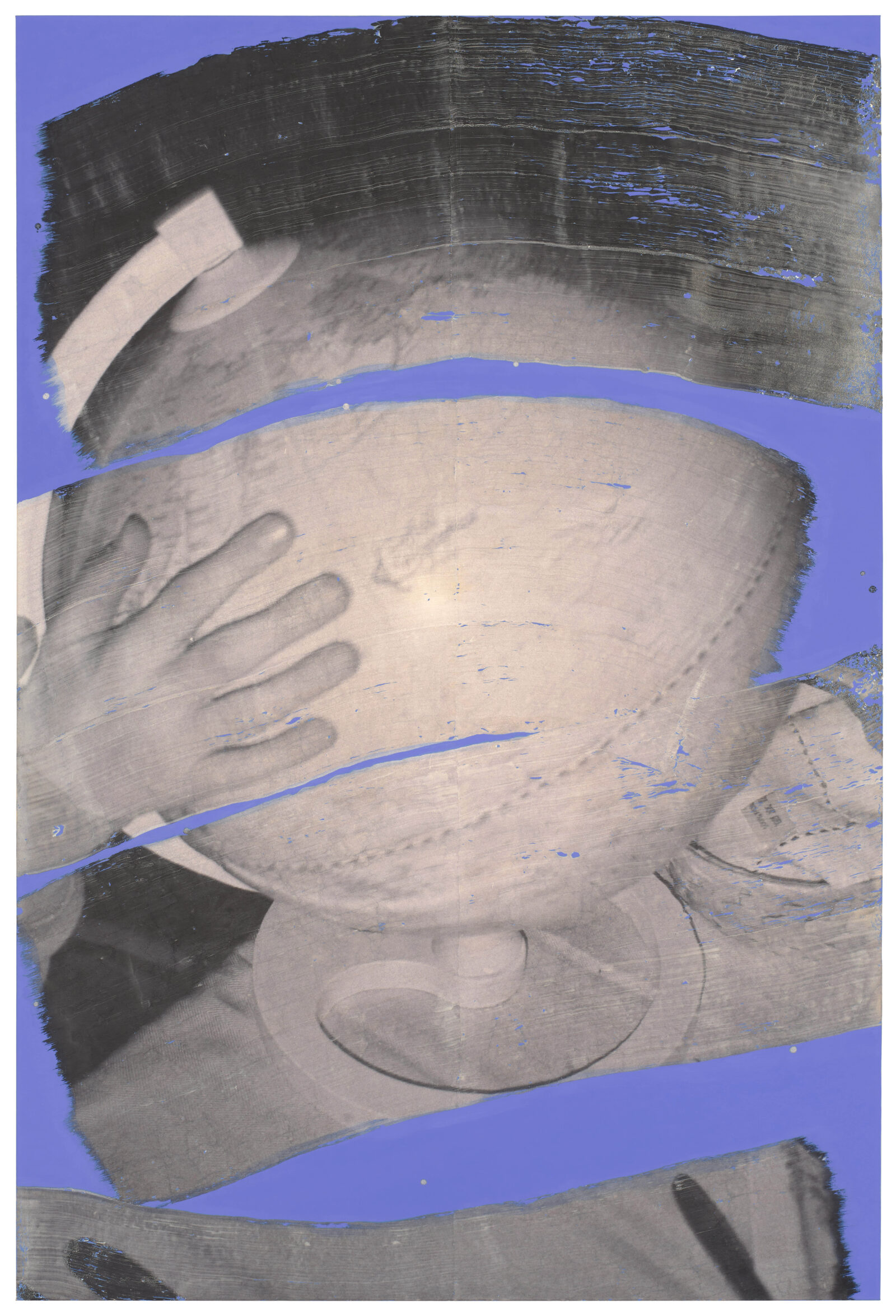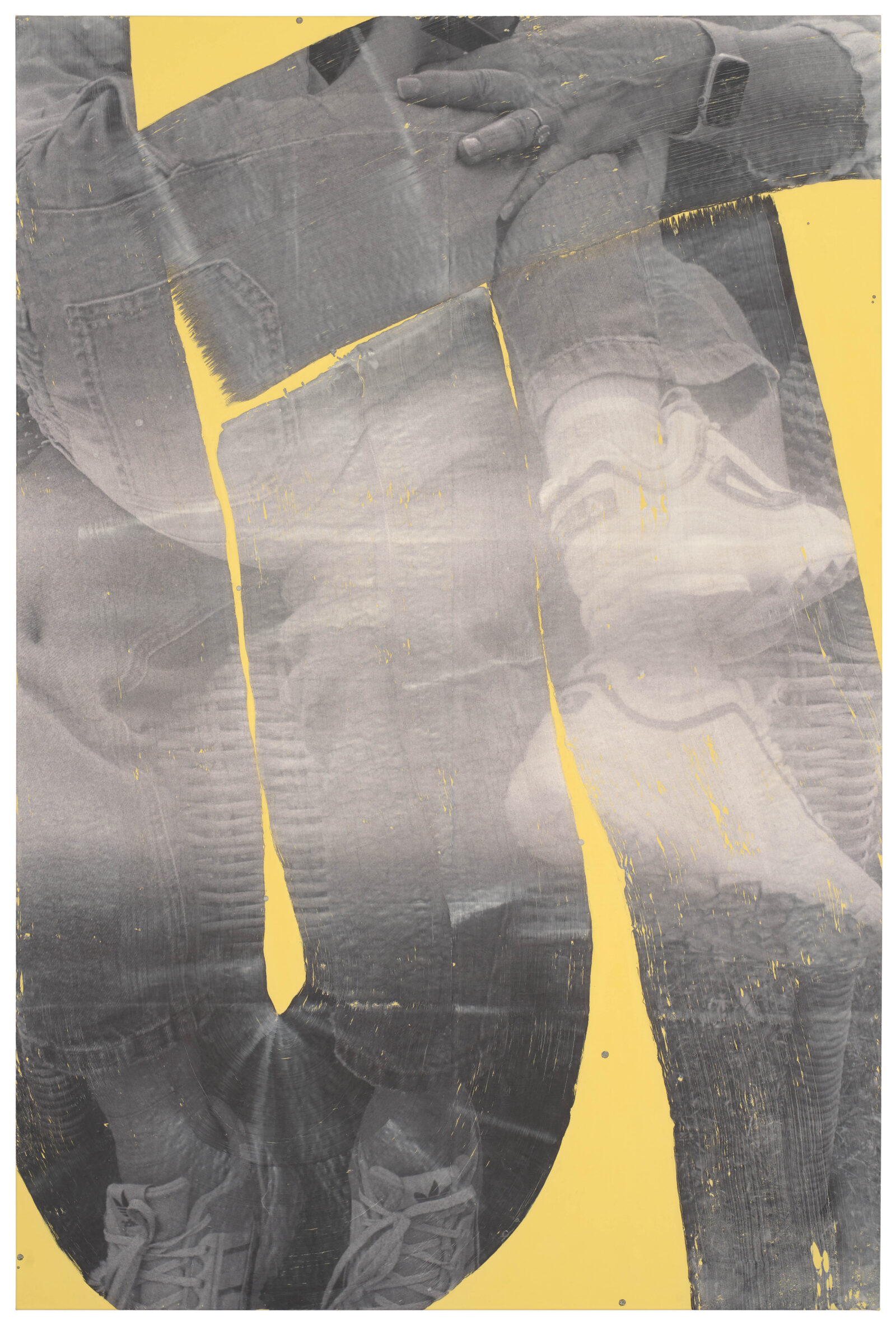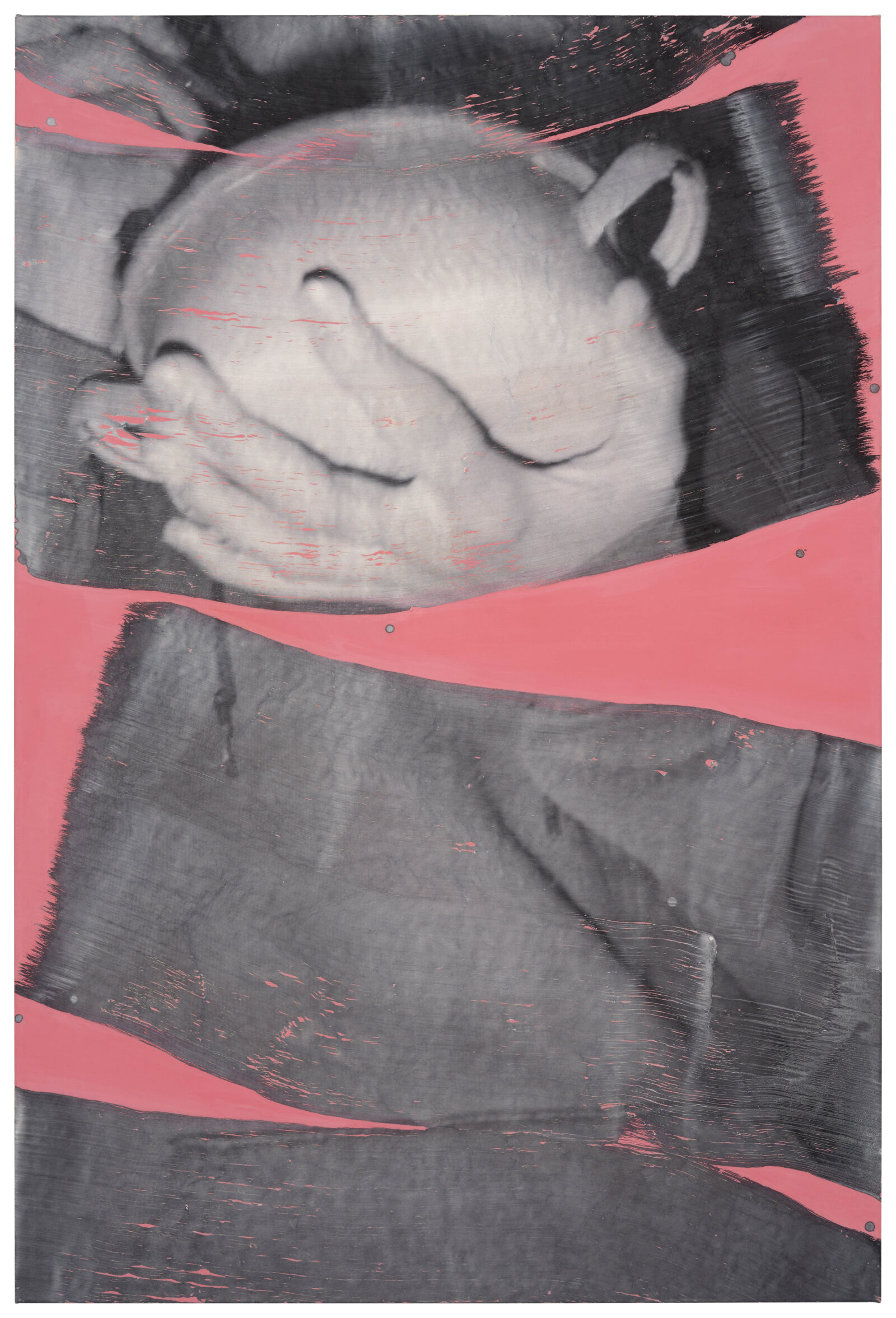Tatjana Danneberg
Podcasts 03.06–01.07.2023
How can we say what is a „real”, authentic image, and where painting sits on this spectrum? It seems like we hear questions like this at every other exhibition lately, I get the feeling even my refrigerator is sometimes asking me the same thing. Of course, whenever we pose problems like this we can say the artist is “researching” something, though they use neither tools nor methods. Yet something has changed. The spread of images generated by Artificial Intelligence and Instagram filters has made notions of authenticity more pressing than ever—not just among artists, but also for the average reader of psychology magazines.
As with most things I talk about, of course, my opinions here come from the headlines of the popular web sites. Of one thing I am sure—Artificial Intelligence has nothing new to tell me, and artists have nothing to fear. For the time being, AI can trick birds and computer scientists, but not a painter like Zeuxis of Heraclea.
These are thoughts that occurred to me in viewing Tatjana’s work. Tatjana has developed an original technique: she prints photographs on large-format plastic sheet, applies gesso with a wide brush, and then glues it to a canvas. Then she peels off the plastic, leaving just the pigment fused with the gesso, making an effect that recalls decals. This association helps us to understand what we are looking at. The motifs are photographs, and the colorful brush-strokes are paint. The titles are also crucial: these are words or sentences that Tatjana notes down before the picture is made, then chooses the best one. The title, Podcasts, also comes from her notebook.
Everything here is where it should be. As a medium, photography is defined by its documentary nature; even when it departs from it, “reality”—the kind we can see—remains the point of reference. Painting reveals invisible details, traits and sensations of things, and makes transformation possible. In the end, it is performative: a painting is created in time, by a moving body, unlike photography, which comes in a blinding flash. Tatjana’s technique is laced with the tension between the subjective painted gesture and the objective (at least compared to painting) photograph.
This subjective, performative gesture of Tatjana’s is meant to add authenticity, to salvage realness, or confirm once and for all that what we see is really happening, it is not just a hallucination on the screen.
Tatjana Danneberg was born in 1991. She studied architecture at the Vienna University of Technology (2009–11), at the Academy of Fine Arts in Vienna (2011–17), and at the Städelschule—Staatliche Hochschule für Bildende Künste we Frankfurcie (2014–15). She lives and works in Vienna.












